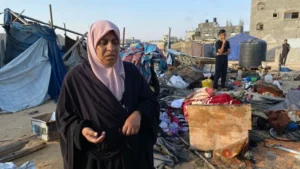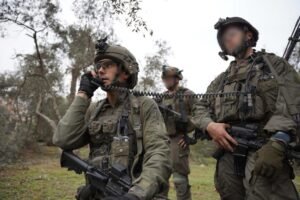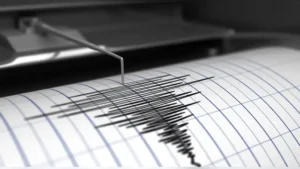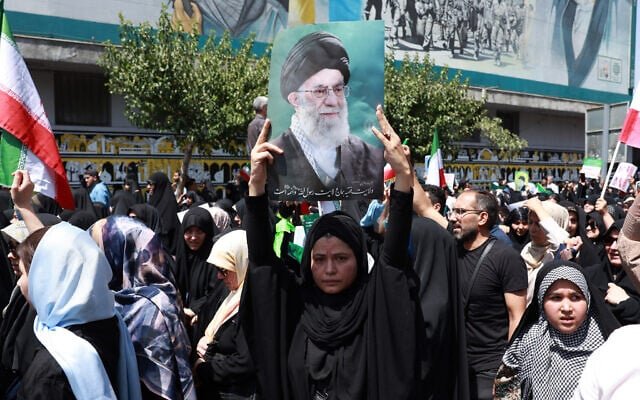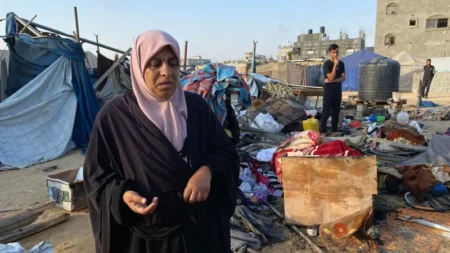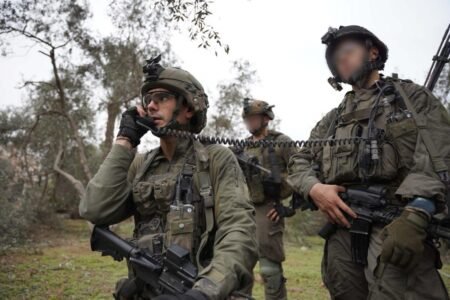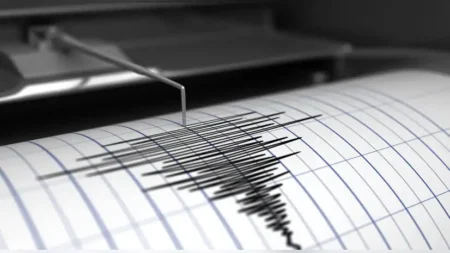A wave of massive protests has swept across Iran following a recent surprise airstrike by the United States. Triggered by what many Iranians see as provocation from Israel, the attack has led to anger and a call for resistance among the population.
From early morning, people of all ages and backgrounds poured into the streets across major cities. Women, children, young men, and elderly citizens stood side by side, united in protest. Many carried Iranian flags, banners, and photos of those who died in the strike. Effigies of US and Israeli leaders were also held high, some set ablaze in anger.
One banner read, “We will resist, not surrender,” while another declared, “There will be a response to any attack.” Others reminded the world, “The blood of our nuclear scientists will not go in vain.” These messages made it clear that the people of Iran were not only mourning but also determined to respond with strength.
The largest gatherings took place in Tehran. Thousands assembled in key areas such as Azadi Square, Ferdowsi Square, Imam Hosseini Mosque, and in front of the Parliament building. In a rare and symbolic gesture, Iran’s newly elected President Masoud Pezeshkian joined the crowds at Azadi Square. He walked with protestors and showed support for their cause.
Chants echoed across the streets. People shouted, “Down with America,” “Destroy Israel,” and “Respond to aggression now.” The atmosphere was tense but united. Protestors did not just blame one country. Many saw this as an attack on the wider Muslim world. They expressed strong feelings of solidarity and resistance.
Experts say this uprising is different from past demonstrations. It is not limited to government supporters. Instead, it reflects a broader sense of national unity. The airstrike, especially after previous attacks on Iranian nuclear scientists, appears to have stirred deep emotions across all levels of society.
The presence of President Pezeshkian gave the protests further weight. His decision to stand with the people showed a rare display of unity between the government and civilians. Observers noted that the president’s participation signaled both defiance against foreign aggression and a commitment to stand by the nation’s people in times of crisis.
The protests are not limited to Tehran. Reports from across the country show similar scenes in cities and towns. Streets are filled with citizens waving flags and calling for justice. The message is loud and clear: Iran will not be silent. Protestors believe the attack is part of a wider plan to weaken the country and its role in the region. But instead of fear, it has led to a surge in national pride and resilience.
The slogans also reflect the country’s deep connection to its scientific community. Many banners honored nuclear scientists who were targeted in previous attacks. The public sees these scientists as heroes. Their deaths have only added to the calls for a strong and calculated response.
Political analysts suggest that the protests mark a turning point. Iran, they say, is entering a new phase of resistance. The mix of public unity and political leadership suggests that any future threats will be met with more than just words.
The country’s response may not be immediate, but the mood on the ground is serious. From mothers with children to students and elderly men, the sense of anger and defiance is growing. This protest wave shows that the Iranian people are prepared to stand up against what they view as ongoing foreign aggression.
Though the international community is watching closely, Iran’s internal message is clear: the people are united, their leaders are present, and their resolve is strong. For now, the world waits to see how Iran will respond—not only in the streets but also in its political and military strategies.

